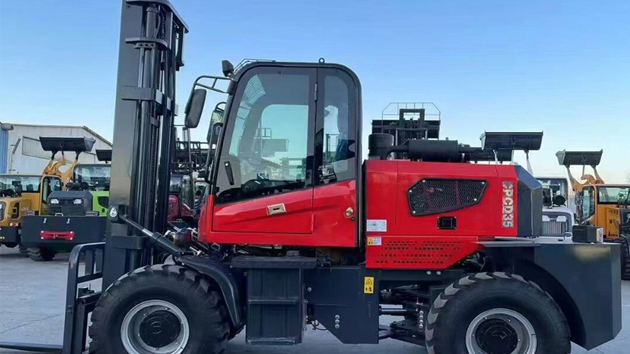Revolutionizing Port Efficiency: The Power of Advanced Loaders in Container Handling
2025-07-01 04:15:28
The backbone of modern port operations lies in the seamless movement of containers, and loaders for port container handling are at the heart of this process. These machines, ranging from rubber-tired gantry cranes to automated straddle carriers, ensure swift and precise loading and unloading of cargo. With the exponential growth in global trade, ports are under increasing pressure to enhance efficiency, making advanced loaders indispensable.
Recent industry data highlights a surge in demand for automated loaders for port container handling, driven by labor shortages and the need for faster turnaround times. Automated stacking cranes (ASCs) and electric-powered straddle carriers are gaining traction, reducing carbon emissions while boosting operational speed. For instance, the Port of Rotterdam reported a 15% increase in productivity after integrating AI-driven loaders into their workflow.
One of the key innovations in loaders for port container handling is the integration of IoT and predictive maintenance systems. Sensors embedded in these machines monitor wear and tear in real time, minimizing downtime and extending equipment lifespan. Major manufacturers like Konecranes and Kalmar are leading the charge, with their latest models featuring remote diagnostics and autonomous navigation capabilities.
Looking ahead, the adoption of hydrogen-powered loaders is set to redefine sustainability in port operations. Trials at the Port of Los Angeles have shown promising results, with hydrogen fuel cells offering zero-emission alternatives without compromising performance. As ports worldwide strive to meet stringent environmental regulations, loaders for port container handling will continue to evolve, blending efficiency with eco-friendliness.
In conclusion, the future of port logistics hinges on the continuous advancement of loaders for port container handling. From automation to green energy solutions, these machines are transforming how goods move across global supply chains. Industry stakeholders must stay ahead of these trends to maintain competitiveness in an increasingly demanding market.












